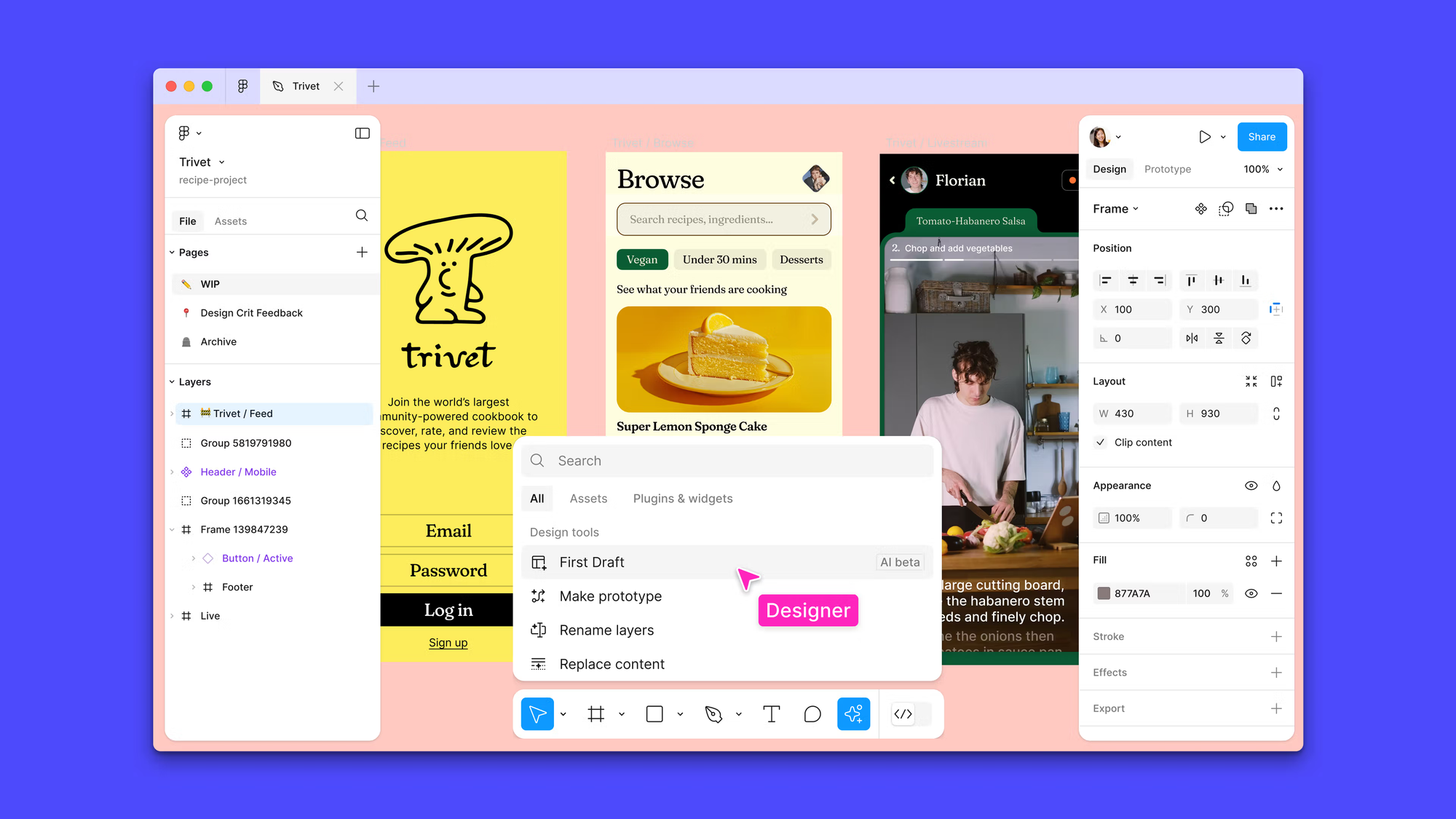004: From AI-Assisted to AI-Native

Technology evolves in stages. First we mimic what we know; then we build what only the new tools make possible.
Right now, most AI experiences are still AI-assisted. The technology is powerful, but it is layered on top of existing workflows, interfaces, and mental models. It assists users by accelerating tasks, automating steps, surfacing information faster.
It’s useful. But it’s not transformational.
AI-assisted systems operate within structures designed for human action. The user leads, and AI helps. Interfaces remain static. Workflows stay largely the same. AI plugs into the past.
The next stage and the true opportunity is AI-native design.
An AI-native system is not an app with a smarter autocomplete. It is a living architecture. The system itself adapts based on context, behavior, intent, and learning.
In AI-native design, interfaces are no longer fixed frames. They evolve as the user evolves. They reveal the next right action instead of listing every possible option. They restructure workflows dynamically based on how needs shift in real time.
There is already glimpse hints of this future in design tools like Figma. Figma didn’t just digitize static design tools. It created a living canvas where multiple people could design together, adapting naturally to each other’s actions without rigid turn-taking. The structure of collaboration itself became fluid.
Now, Figma is moving even further, introducing AI-native capabilities directly into the design process. Their latest AI tools generate copy, suggest layouts, accelerate exploration, and create production-ready assets all integrated into the human creative flow, not layered on top of it.
Figma’s evolution shows the path forward. Systems that do not just help users do old tasks faster, but create entirely new ways of working by adapting to human behavior.

Not everyone welcomed this shift at first. When Figma introduced real-time collaborative design, some resisted. The idea of multiple people moving pixels at once felt chaotic, unnecessary, even threatening to traditional creative workflows. It took time for new habits to form and even today, not everyone embraces it. But the shift happened anyway, because the tools made new kinds of work possible.
The same will be true for AI-native systems. Resistance is part of the pattern. Adoption is a work in progress. The tools, the models, and the collaborations are still evolving and so are we.
This is the first breath of AI-native thinking. Not automation, but adaptive collaboration. Not fixed steps, but responsive systems.
Importantly, AI-native systems are not about replacing humans. They are built to collaborate with humans at the systems level, shaping possibilities, suggesting paths, adapting strategies and not just executing commands.
This shift from AI-assisted to AI-native changes everything:
- It changes how we think about workflows (not linear, but adaptive).
- It changes how we think about control (not full automation, but co-creation).
- It changes how we think about design itself (not fixed, but dynamic and generative).
Most industries are still stuck in the assisted phase. Partly because it’s comfortable. Partly because it’s easier to bolt new technology onto old frameworks than to rebuild them.
But rebuilding is exactly what is required.
AI-native systems will not look like better apps. They will look like adaptive infrastructures; frameworks for interaction that are flexible, evolving, and deeply human-centered.
For builders, startups, organizations, and new AI-native teams, this is more than a technical opportunity. It is a design opportunity. Design will become one of the strongest strategic moats in the AI-native era. Not just how a system looks, but how it adapts, how it understands context, and how it reveals meaning.
Technology will converge. Data models will converge. Design; real, adaptive, architectural design will be the difference between tools that feel inevitable and tools that are forgotten.
The future isn’t just about using AI. It’s about building experiences that are only possible because of AI.
And that future is already taking shape. I am building toward it.
Built slowly, shaped carefully.





